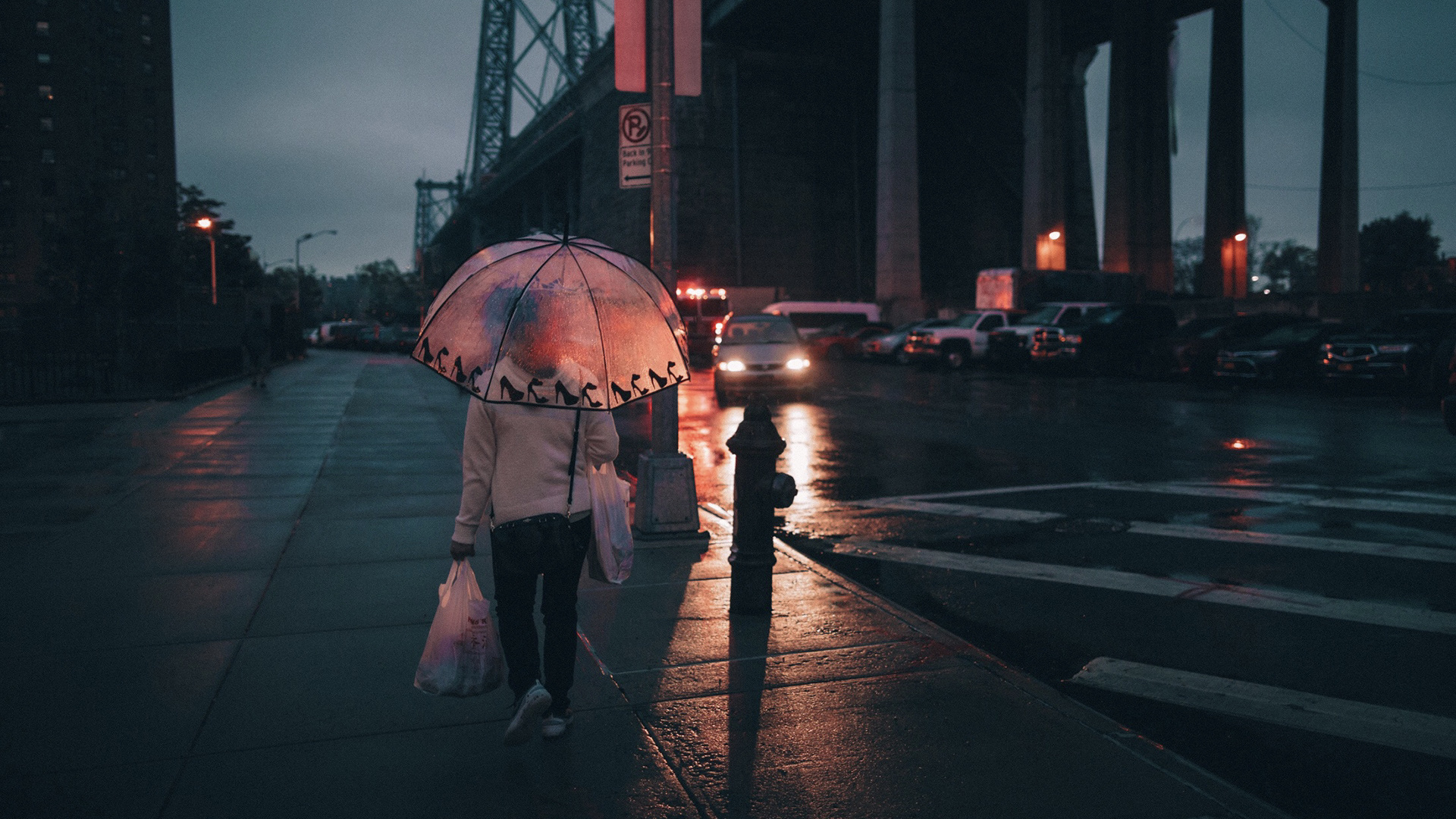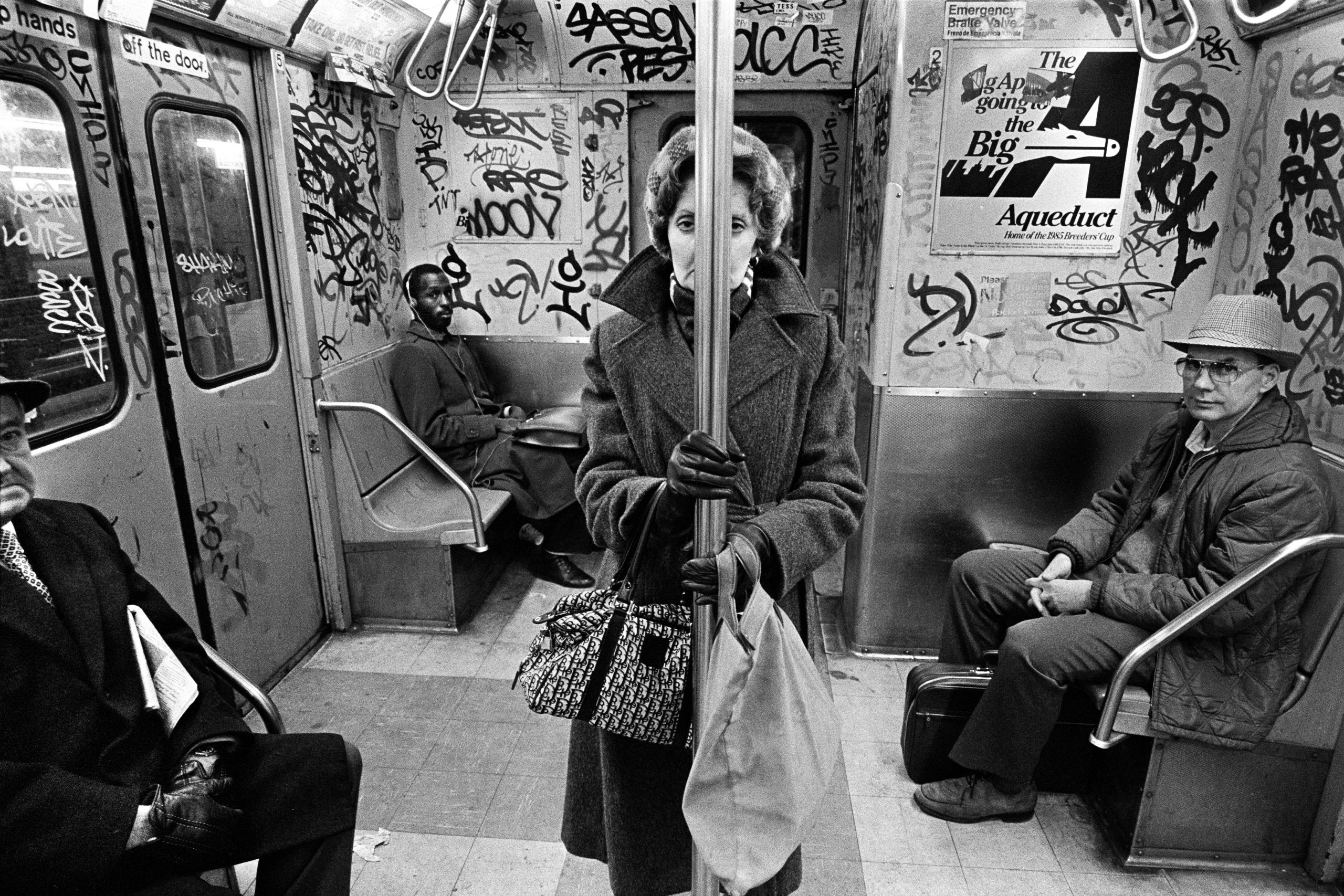Getting My Street Photographers To Work
Table of ContentsA Biased View of Street PhotographersSome Known Details About Street Photographers Things about Street PhotographersThings about Street PhotographersSome Ideas on Street Photographers You Need To Know
A genre of photography that records day-to-day life in a public place. The actual publicness of the setting allows the digital photographer to take candid photos of strangers, frequently without their expertise. Street digital photographers do not always have a social function in mind, but they choose to separate and capture moments which could otherwise go undetected (Street Photographers).He was influenced by several of those who influenced the street professional photographers of the 1950s and '60s, he was not mainly interested in recording the spirit of the road. The impulse to aesthetically record people in public started with 19th-century painters such as Edgar Degas, douard Manet, and Henri de Toulouse-Lautrec, who functioned side by side with digital photographers trying to catch the significance of metropolitan life.
As a result of the comparatively primitive innovation available to him and the lengthy exposure time called for, he battled to capture the hustle and bustle of the Paris roads. He experimented with a collection of photo methods, trying to discover one that would certainly allow him to record movement without a blur, and he discovered some success with the calotype, patented in 1841 by William Henry Fox Talbot. In comparison to Atget, photographer Charles Marville was worked with by the city of Paris to develop an encyclopaedic document of Haussmann's urban planning task as it unravelled, hence old and brand-new Paris. While the digital photographers' subject was basically the same, the results were markedly various, demonstrating the effect of the digital photographer's bent on the personality of the images he produced.
Offered the great high quality of his pictures and the breadth of material, designers and musicians commonly bought Atget's prints to use as referral for their very own work, though industrial rate of interests were rarely his major inspiration. Instead, he was driven to picture every last remnant of the Paris he enjoyed. The mingled interest and seriousness of his goal luster through, causing photographs that tell his own experience of the city, high qualities that prepared for road digital photography of the 20th century.
Street Photographers Can Be Fun For Everyone
They expose the city with his eyes. His job and fundamental understanding of digital photography as an art type worked as motivation to generations of professional photographers that followed. The next generation of road professional photographers, though they likely did not refer to themselves thus, was ushered in by the photojournalism of Hungarian-born professional photographer Andr Kertsz.
Unlike his peers, Brassa used a larger-format Voigtlnder electronic camera with a longer direct exposure time, forcing him to be extra calculated and thoughtful in his method than he could have been if using a Leica.
Cartier-Bresson was a champion of the Leica camera and one of the initial photographers right here to optimize its capabilities. The Leica enabled the digital photographer to interact with the surroundings and to capture moments as they occurred. Its fairly tiny size likewise aided the digital photographer fade into the history, which was Cartier-Bresson's recommended approach.
The Ultimate Guide To Street Photographers
It is due to this basic understanding of the art of image taking that he is usually credited with rediscovering the medium throughout again roughly a century because its invention. He took photos for greater than a half century and affected generations of professional photographers to trust their eye and intuition in the moment.
These are the inquiries I will try to answer: And afterwards I'll leave you with my own meaning of street photography. Yes, we do. Allow's start with specifying what an interpretation is: According to (Street Photographers) it is: "The act of defining, or of making something precise, distinctive, or clear"
No, most definitely not. The term is both restricting and misdirecting. Seems like a street digital photography need to be pictures of a streets appropriate?! And all road professional photographers, with the exception of a handful of outright newbies, will fully value that a street is not the key component to road photography, and in fact if it's an image of a street with maybe a couple of uninteresting individuals not doing anything of interest, that's not road photography that's a photo of a road.
Not known Incorrect Statements About Street Photographers
He makes a valid point do not you think? While I concur with him I'm not sure "candid public photography" will capture on (although I do kind of like the term "honest photography") because "road photography" has actually been around for a lengthy time, with lots of masters' names affixed to it, so I believe the term is below to stay (Street Photographers).
Inside?! I hear you scream as you drink your clenched fist to the skies. Why not? You can fire at the coastline, at a celebration, in an alley, in a park, in visit homepage a piazza, in a cafe, at a museum or art gallery, in a metro station, at an event, on a bridge, under a bridge ...

The smart Trick of Street Photographers That Nobody is Discussing
